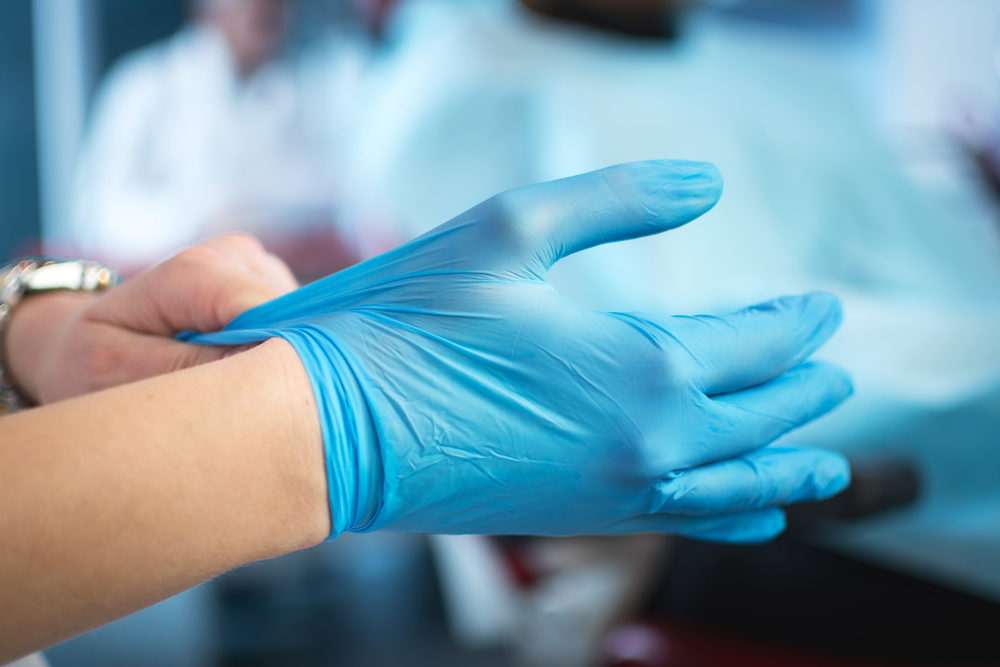Hospital Staff Regularly Fail To Take Proper Infection Prevention Steps: Study

Hospital workers often fail to use protective equipment or follow appropriate safety measures to prevent infections from spreading to other patients, according to the findings of a new study.
In a report published this week in the medical journal JAMA Internal Medicine, researchers from the University of Michigan indicate that a majority of hospital staff are not taking proper prevention measures to prevent infections, some of which may be resistant to antibiotics, from spreading to other patients and staff.
During the study, 325 patient rooms and hospital personnel were observed. Each of the rooms had precautionary signage warning about appropriate safety measures, like washing hands and using gloves.

Did You Know?
Millions of Philips CPAP Machines Recalled
Philips DreamStation, CPAP and BiPAP machines sold in recent years may pose a risk of cancer, lung damage and other injuries.
Learn MoreObservations occurred inside and outside patient rooms in medical or surgical units, intensive care units at academic medical centers, a Veterans Affairs hospital, and an emergency room of the university hospital from March 1, 2016, to November 30, 2016.
Trained observers took extensive field notes while hospital staff provided care for patients and conducted, or failed to conduct, precautions for a pathogen transmitted through contact or respiratory droplet.
Preventing the spread of infectious disease and germs is a high priority for hospitals. However, hospital staff can often be the source, infecting other patients with antibiotic resistant pathogens like Clostridium difficile and methicillin-resistant Staphylococcus aureus.
Researchers observed “frequent and varied active failures in infectious agent transmission precaution practices” by hospital staff. Failure included violations, mistakes and slips.
Specific instances involving hospital staff members who initiated self-contamination were identified during observations and analysis.
In total, 283 failures were observed as well as 102 violations. Violations were categorized as deviations from hospital safe operating practices and procedures.
Nearly 150 process or procedural mistakes occurred and 37 slips were observed.
Violations involved entering rooms without some or all recommended personal protective equipment, such as masks, gloves, or gowns. Mistakes that were frequently observed included protective equipment being removed during patient encounters. Slips included staff members touching their face or other clean area with contaminated gloves or gowns.
“The factors that contributed to these failures varied widely, suggesting the need for a range of strategies to reduce potential transmission risk during routine hospital care,” the researchers noted.
Researchers indicated each failure or mistake had a substantial likelihood of resulting in self-contamination. They emphasized the need for new strategies to prevent infection and contamination.
“Given the broad array of circumstances contributing to active failures in precaution practices that were identified and categorized, behavioral, organizational, and environmental strategies may be needed to reduce the risk of infection transmission and self-contamination,” they concluded.
Get more articles like this sent directly to your inbox.
"*" indicates required fields





0 Comments